In the crypto market, 3000 yuan is about 440U. I will present an executable plan. If you can follow through, turning 3000 yuan into 1 million is achievable.
From 2024 to 2025, I grew from 100,000 to around 42 million. I have a simple but practical method for trading cryptocurrencies that can help you 'always profit'! I entered the crypto market with 100,000, made a profit of 10 million, then went into debt of 8 million, and then back to a profit of 42 million, achieving financial freedom. In the past two years, from 2024 to 2025, I turned less than 200,000 into a return rate of 418134.86%, making over 42 million.
Here are some practical and useful suggestions for those just entering the crypto space! My trading method is very simple and practical; I turned 8 figures in just one year, relying solely on 11 types of chart patterns and only entering trades when I see an opportunity. I don't make trades without a pattern, and I've maintained a success rate of over 90% for five years!
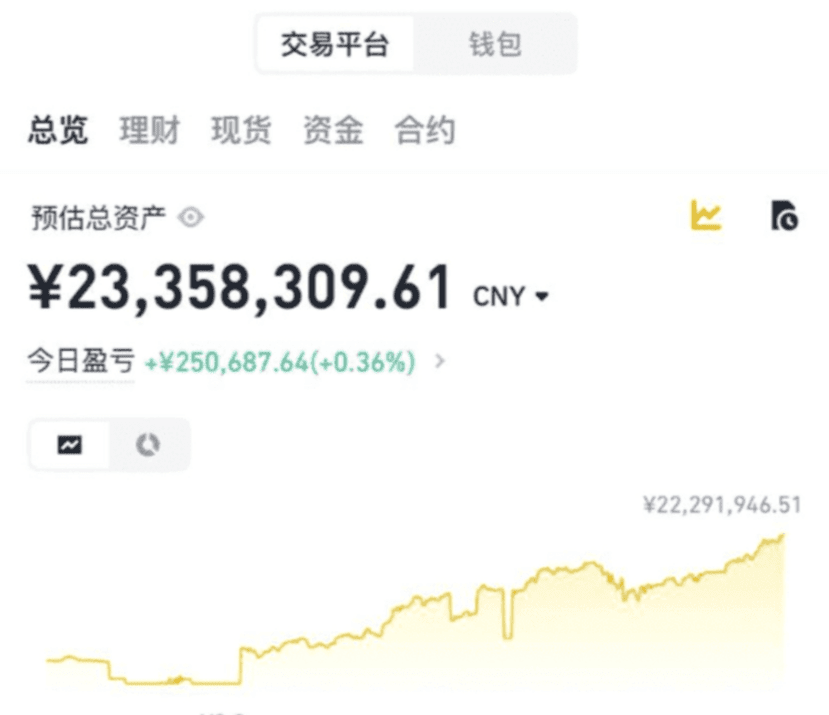
I spent 5 years reviewing 400 charts every night, turning 11,000 into 18 million, relying on 11 types of chart patterns, achieving a win rate of 100%. Through my own practice, I also achieved a win rate of 100%. I’ve organized it over the past few days and am now sharing it with those who are destined to learn and master it. It’s worth saving!
1. Cup and Handle Pattern:
The cup and handle pattern is an adjustment pattern after a strong rise in the coin. Generally, a coin will have about 2 to 4 months of sharp fluctuations, followed by a market adjustment. During the pullback, the coin will encounter sell pressure and drop about 20% to 35% from the previous high, with the adjustment period typically lasting 8 to 12 weeks, depending on overall market conditions. When the coin price rises and tries to challenge the previous high, it will face selling pressure from those who bought near or at the previous high. This selling pressure will lead to a drop and consolidation, lasting about 4 days to 3 weeks. The handle part is usually 5% lower than the previous high; if it has a lower handle, it usually indicates a flawed coin, meaning a higher risk of failure.
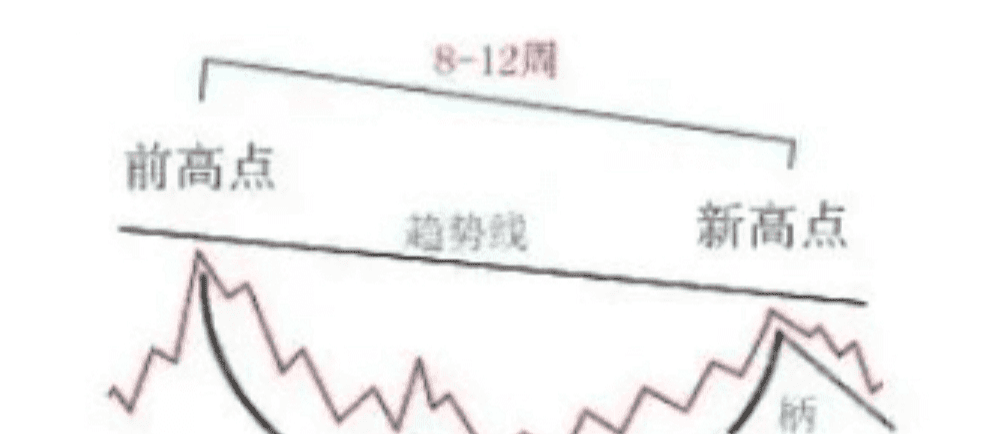
The best time to buy this coin is when it rises to a new high at the top of the handle, not when it touches previous highs from 8 to 12 weeks ago. This is one of the best and most reliable shapes, and it’s important to note that the best stocks with this shape usually appear at the beginning of market trends after a full market adjustment, not during a significant market rise or at the end.
2. Flat Bottom:
A flat bottom is a chart pattern that moves horizontally over any time span. This pattern can achieve very strong upward movements. We want to look for instances where the price remains level or roughly the same and where volume shows exhaustion. Draw a trend line at the top of this flat bottom, and buy when the price breaks through the trend line with increasing volume.

3. Ascending Triangle:
The ascending triangle is a variant of the symmetrical triangle, generally regarded as the most reliable bullish pattern in an uptrend. The top of the triangle is flat, while the bottom of the triangle slopes upward.
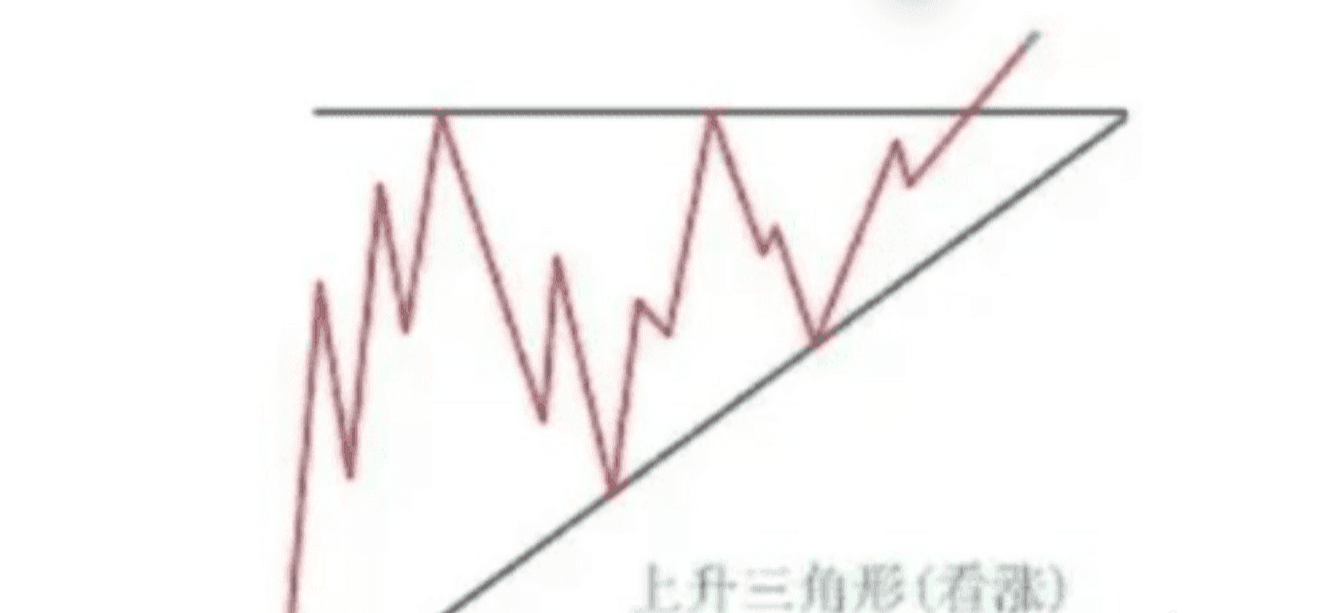
In an ascending triangle, stocks become overbought, and prices reverse downward. Subsequently, buying re-enters the market, and the price quickly reaches a historical high, only to fall again after reaching that peak. Buying then re-emerges, even though the price will be higher than before. Eventually, the price breaks through the previous point, and with the arrival of new buying, the price is pushed even higher. In the case of the symmetrical triangle, breakouts are usually accompanied by a significant increase in volume.
4. Parabolic Curve:
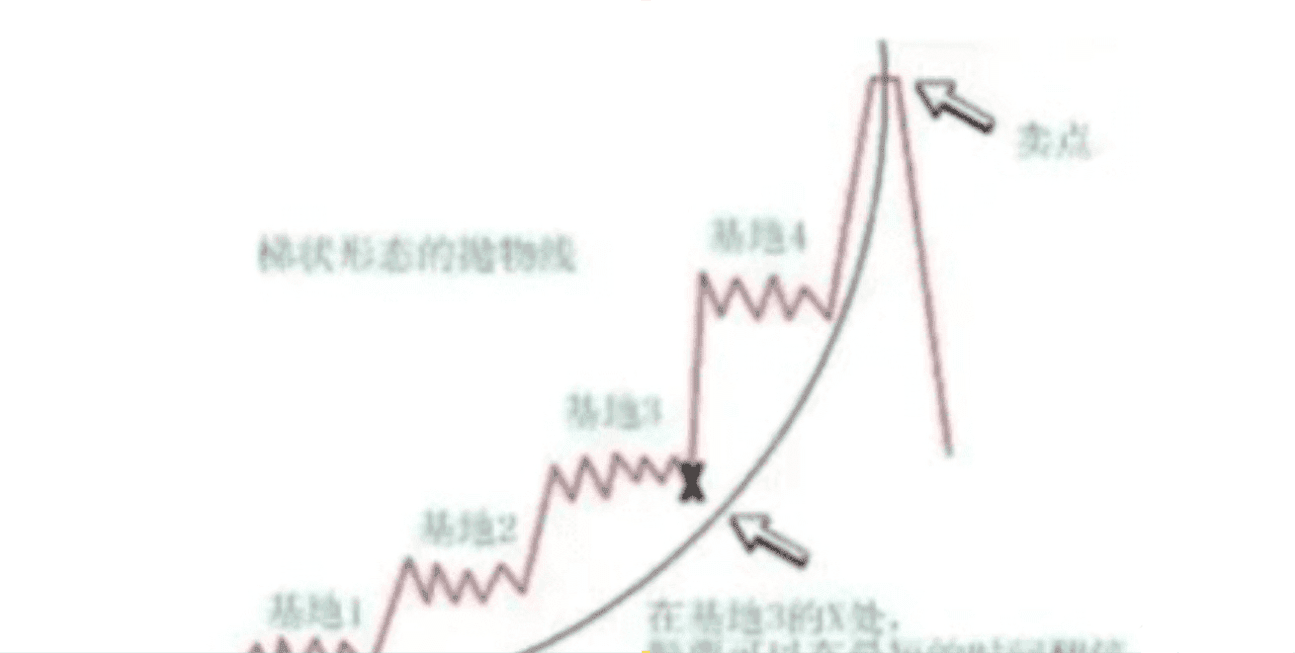
The parabolic curve pattern is one of the most revered and pursued models. This pattern allows you to achieve maximum and fastest returns in the shortest time. Generally, you'll find such patterns at the end of a major market uptrend or close to its end, as the result of multiple bases forming a breakout.
5. Wedge:
The formation of a wedge looks similar to a symmetrical triangle because the trend lines intersect at their vertices. However, the distinction of the wedge lies in its clear inclination, with both sides sloping. Like triangles, volume should decrease during the formation of the wedge and increase during the wedge's dispersion. Below is a typical wedge trend pattern:

A descending wedge is generally considered bullish and usually appears in an uptrend. However, it can also occur in a downtrend, but this still indicates an overall bullish sentiment. This chart pattern consists of a series of lower highs and lower lows.
An ascending wedge is generally considered bearish and usually appears in a downtrend. They can also be found in an uptrend but are still generally viewed as bearish. An ascending wedge consists of a series of higher highs and higher lows.
Channel:
Channel patterns are generally considered continuation patterns. They are indecisive zones, typically moving in the direction of the trend. Of course, trend lines move parallel within the rectangular area, representing a near balance of supply and demand, where buyers and sellers appear evenly matched. The same high points will be continually challenged, as will the same low points, with prices swinging between two clearly defined parameters. While volume may not seem as significantly influenced as in other patterns, volume typically decreases within the pattern but should significantly increase during breakouts.

7. Symmetrical Triangle:
The symmetrical triangle can be said to be an indecisive area where the market stagnates, and future directions are questioned. Generally, the forces of supply and demand at the moment are considered nearly equal.
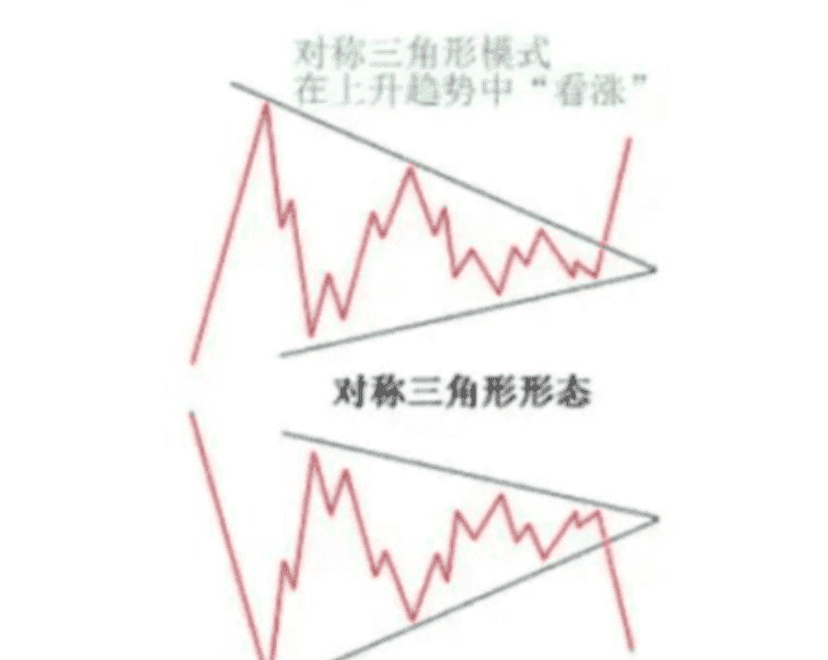
The buying pressure driving the price up quickly encounters selling pressure, while price drops are viewed as buying opportunities. Each new lower high and higher low becomes narrower than the previous, forming a sideways triangle shape. (During this period, volume tends to decline.) (Typically under conditions of massive volume.) Ultimately, this indecision will end and usually lead to an explosive move from this formation. Studies show that symmetrical triangles overwhelmingly reverse in the direction of the trend. In my opinion, the symmetrical triangle is a very useful chart pattern and should be traded as a continuation pattern.
8. Descending Triangle:
The descending triangle is also a variant of the symmetrical triangle, generally regarded as bearish, usually appearing in a downtrend.
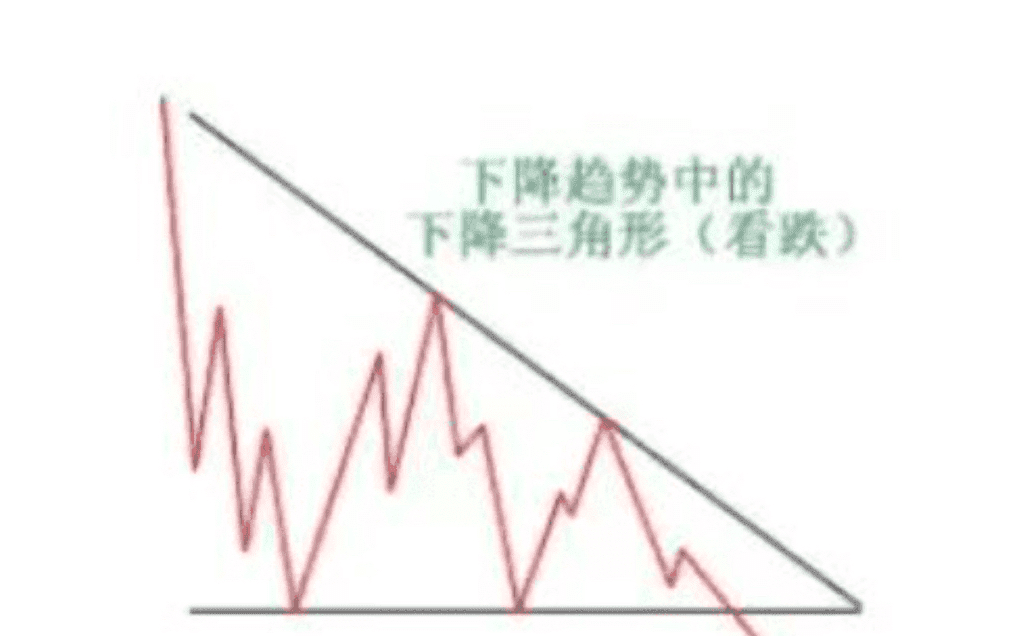
Unlike the ascending triangle, the bottom of this triangle appears flat. One side of the triangle’s top slopes downward. Prices will drop to an oversold level, and then tentative buying appears at the low point, causing prices to rebound.
However, higher prices attract more sellers, constantly challenging previous low points. Next, buyers tentatively re-enter the market, but as prices rise, they attract even more sellers. Eventually, sellers gain control, breaking below the previous low points, while previous buyers rush to sell their positions. Similar to the symmetrical triangle and ascending triangle, volume will keep decreasing during the formation of the pattern until it amplifies during the breakout.
9. Flag and Pennant Patterns:
Flag and pennant patterns can be classified as continuation patterns; they usually represent a brief pause in a dynamic market, typically appearing after a rapid large increase, after which the market tends to rise again in the same direction. Studies show that these patterns are relatively reliable continuation patterns.
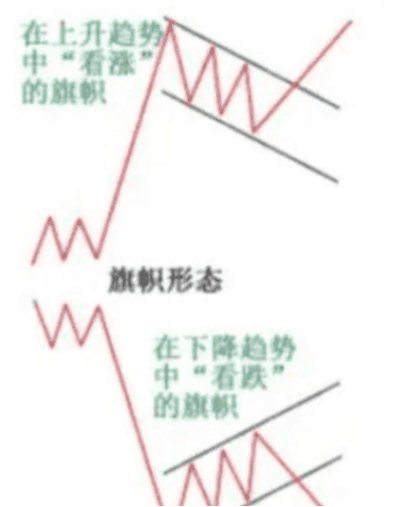

1. The bullish flag features lower highs and lower lows, with the tilt direction opposing the trend. Unlike wedge lines, their trend lines are parallel.
2. Bearish signals consist of higher highs and higher lows, with a 'bear market' flag exhibiting a reverse trend inclination. Their trend lines are also parallel. A triangle flag looks similar to a symmetrical triangle, but the triangle flag pattern is usually smaller in size (volatility) and duration, with volume typically contracting during stagnation and amplifying during breakouts.
10. Head and Shoulders Pattern:
The head and shoulders pattern is usually considered a reversal pattern and is the most reliable when it appears in an uptrend. Ultimately, the market begins to slow down, and the forces of supply and demand are generally viewed as balanced.
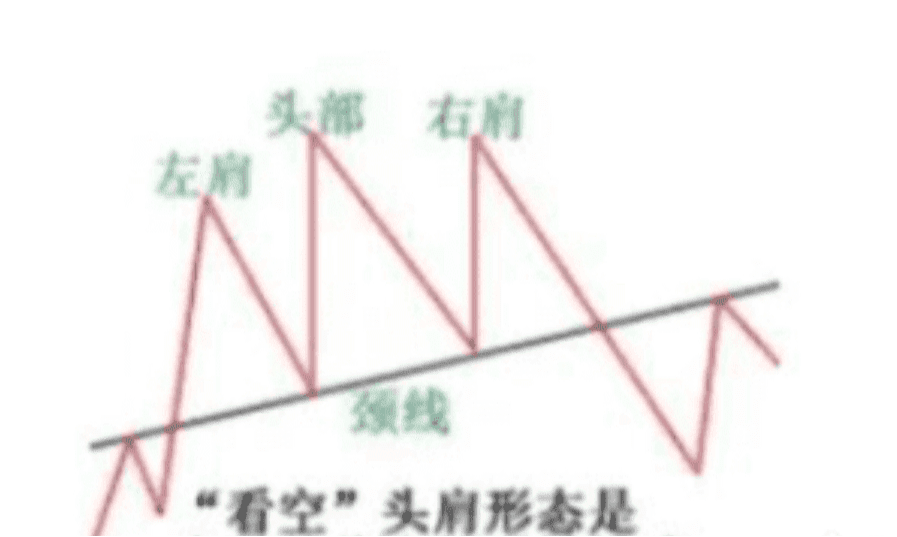
Sellers offload at the high point (left shoulder), beginning a tentative decline. Buyers quickly return to the market and eventually push it to new highs (head). However, the new high quickly retreats and undergoes another test of decline (neckline continuation). Tentative buying reappears, and the market rebounds again but fails to break the previous high (the last peak is considered the right shoulder).
Volume is very important in the head and shoulders pattern. Volume generally follows price increases in the left shoulder. However, the head forms with reduced volume, indicating that buyers are not as aggressive as before. The volume of the right shoulder can even be smaller than the head, suggesting that buyers may be exhausted. New sellers enter while previous buyers exit. When the market breaks the neckline, the chart is complete. (Volume will amplify during the breakout.)
11. Inverted Head and Shoulders Pattern:
The head and shoulders pattern can sometimes be inverted. The inverted head and shoulders pattern usually appears in a downtrend, and it’s worth noting the volume aspect.

1. The inverted left shoulder should be accompanied by increased volume.
2. The inverted head should form with smaller volume.
3. However, the rebound from the head should show greater volume than the rebound from the left shoulder.
4. The volume of the inverted right shoulder should be the smallest.
5. When the price rebounds to the neckline, volume should significantly increase. New buyers enter, while previous sellers exit.
When the market breaks through the neckline, the chart is complete. (Volume will increase during the breakout.)
In the early years of trading, I was like many others, staying up late watching the market and trying to chase gains, losing sleep over my losses. Later, I gritted my teeth and stuck to a simple method, and surprisingly, I survived and gradually began to stabilize my profits.
Looking back now, this method, while simple, is effective: 'No familiar signals, do not act decisively!'
It's better to miss a market move than to place random orders. Following this strict rule, I can now stabilize my annual returns at over 50%, and I no longer have to rely on luck to survive.
Here are a few safety tips for beginners, all based on experiences I've gained through losses:
1. Place trades only after 9 PM. The news during the day can be chaotic, with various false positives and negatives flying around. The market swings wildly and it's easy to be misled into trades. I generally wait until after 9 PM to trade; by then, the news is mostly stable, and the candlestick charts are cleaner with clearer directions.
2. Cash out immediately after making a profit. Don’t always think about doubling your money! For example, if you made a profit of 1000U today, I suggest you withdraw 300U to your bank card and continue trading with the rest. I've seen too many people who made three times their profit but wanted five times, only to end up losing it all on a pullback.
3. Look at the indicators, not the feelings. Don’t trade based on feelings; that’s blind gambling.
On your phone, install TradingView and check these indicators before making a trade:
· MACD: Is there a golden or death cross?
· RSI: Is there overbought or oversold?
· Bollinger Bands: Is there a squeeze or breakout?
At least two of the three indicators must provide consistent signals before considering entry.
4. Stop losses must be flexible. When you can monitor the market, if you make a profit, manually adjust the stop loss price upwards. For example, if the purchase price is 1000 and it rises to 1100, raise the stop loss to 1050 to secure profits. However, if you need to go out and cannot monitor the market, you must set a hard stop loss at 3% to prevent sudden market drops.
5. Withdraw profits weekly. Not withdrawing is just a numbers game! Every Friday without fail, I transfer 30% of my profits to my bank card, and continue to roll the rest. Over time, this way, my account keeps growing.
6. There are tricks to reading candlesticks.
· Make short trades, look at the 1-hour chart: If the price makes two consecutive bullish candles, consider going long. If the market is stagnant, switch to the 4-hour chart to find support lines: Consider entering when it drops near support.
7. Never step into these pitfalls! · Don't use leverage over 10 times; beginners should keep it within 5 times. Avoid coins like Dogecoin or Shitcoin; they are easy to get wrecked on.
Trade a maximum of 3 trades per day; too many can lead to loss of control. Absolutely do not borrow to trade cryptocurrencies! The last piece of advice I give you: Trading is not gambling. Treat it like a job, clock in and out daily, and stick to your schedule. Eat and sleep as needed, and you'll find that trading becomes steadier.
Lastly, let’s talk about something heart-wrenching.
In the crypto market, there are no guaranteed profit secrets, only probability games. The essence of the pullback confirmation rule is to use rules to counter human nature—remain calm when others panic and restrain yourself when others are euphoric.
Playing in the crypto market is essentially a contest between retail investors and the whales. If you don't have advanced information or firsthand data, you can only get cut!
Still the same advice, if you don’t know how to trade in a bull market, click on my profile picture, follow me, and I will share free plans for bull market spot trades and futures contracts.

